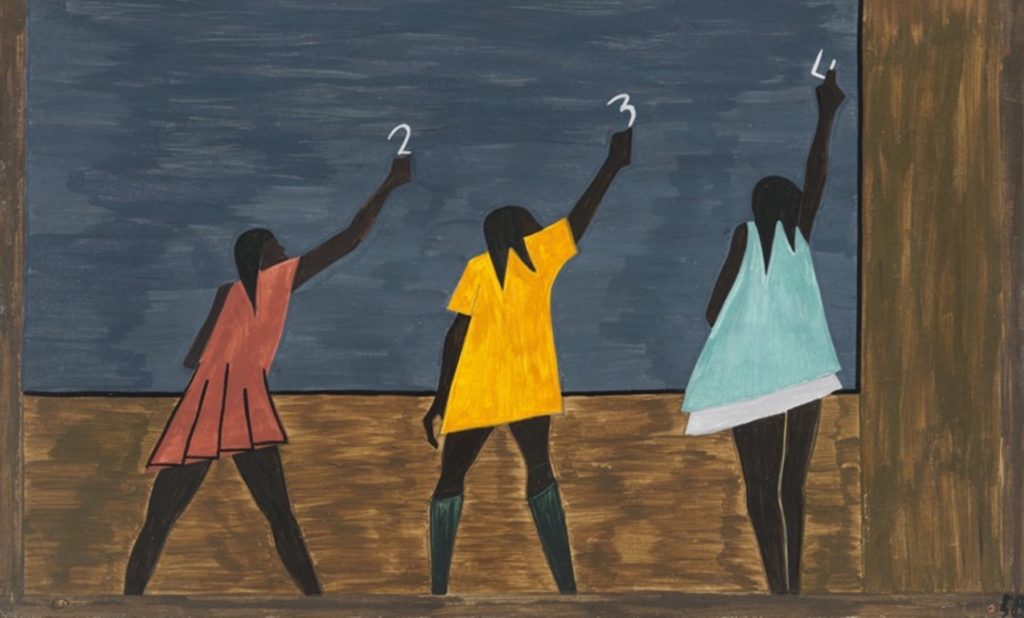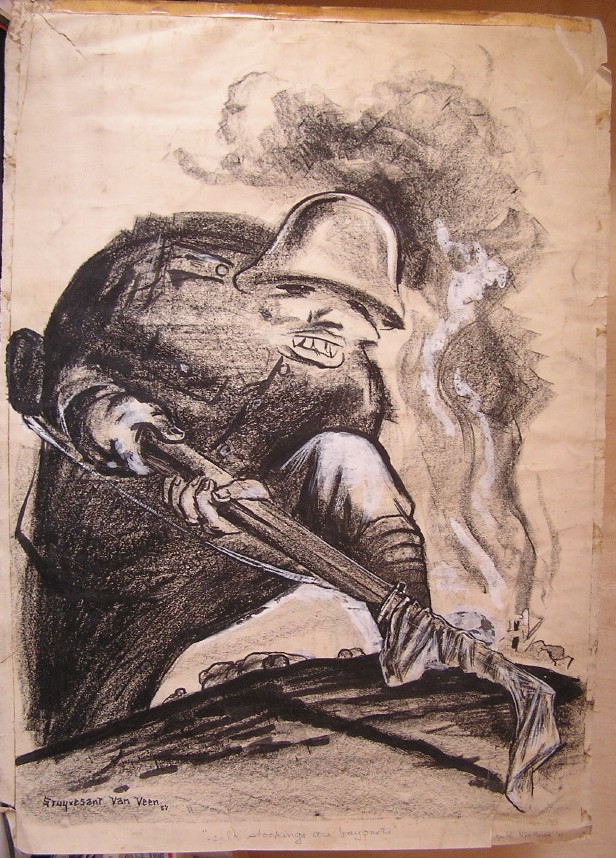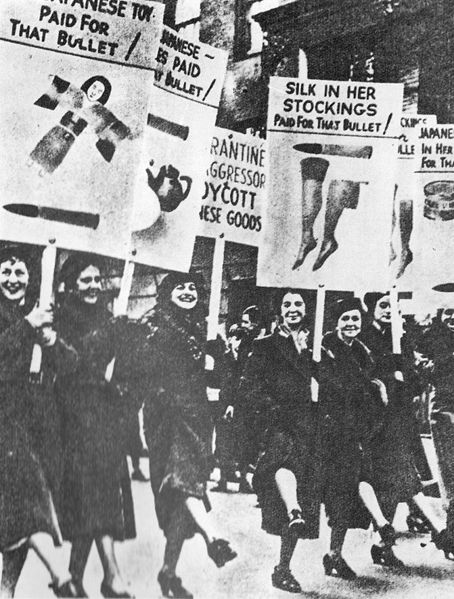Are you looking forward to the onslaught of articles and books announcing that “America Is A Sinking Ship [or other metaphor of bloat and decline]” ?
On Saturday the theme popped up in The Times (U.K), where British columnist Matthew Parris wrote that Barack Obama will be the first President to manage an empire in decline. Emblematic of the decline, in Mr. Parris’ view, is the sorry condition of Detroit automakers. While most observers point to the Big Three’s recent mistakes, Parris claims the problem dates back to over half a century ago:
As a keen amateur car mechanic I have, since the age of 16, been puzzled by something about America. Here was a nation crazy about automobiles and held out to me as the last word in modernity, innovation, capitalist dynamism and go-ahead technology in all that it did. But its cars weren’t any good. I say “weren’t” – we’re talking 1965 here – because some commentary about the current woes of General Motors, Ford and Chrysler has suggested that it is in recent years that the US automotive industry has slipped behind; and it’s certainly only quite recently that they’ve started losing a lot of money.
But the product, though always flashy, has been technologically inferior since the end of Second World War. While European carmakers were pioneering front-wheel drive, independent suspension, small diesel engines and efficient automatic gearboxes, the Americans kept churning out big, thirsty, fast-rusting, primitively engineered behemoths. Partly this was because fuel was cheap, but the oversprung American limo, loose-handling and imprecise, was always a pig to drive, too. At root the problem was lack of competition.
Yes, lack of competition allowed the problem to fester, but also to blame is a consuming public who accepted flash and preferred big over small. I remember, during the sixties and seventies, how Detroit responsibly, if grudgingly, introduced a batch of compact car designs, but buyers treated each new model as a child they couldn’t wait to fatten up. After the first year’s introduction as a genuine small and relatively efficient vehicle, the car would grow in length, breadth and weight, and most importantly in strength (greater horse power!). A good example is the Chevy Nova. And talk about fast-rusting: my brother’s Nova rusted so thoroughly you could see the road beneath your driving feet.
Creeping giganticism is characteristic of our national culture. We see it in cars, McMansions, language (the neologism “ginormous” is now in the Meriam-Webster dictionary), our bodies and body parts. Is there any wonder why American kids have an enduring love of T-Rex and her pals?
All of which leads to the question, so is America a Giganotosaurus?
No, I’m not ready to embrace the coming doom and gloom scenarios. I would rather steer the subject back home, and note that it is a shame book titles are not copyrightable, because I’d like to lay claim to this one:
“America and the Failure of Undercoating.”
 Jacob Lawrence, Migration Series, Panel no. 58, 1940-41. Casein tempera on hardboard, 12 x 18 in. The Museum of Modern Art, New York, Gift of Mrs. David M. Levy
Jacob Lawrence, Migration Series, Panel no. 58, 1940-41. Casein tempera on hardboard, 12 x 18 in. The Museum of Modern Art, New York, Gift of Mrs. David M. Levy







